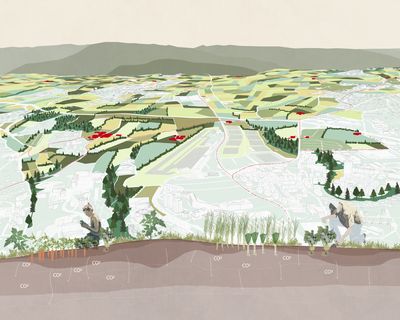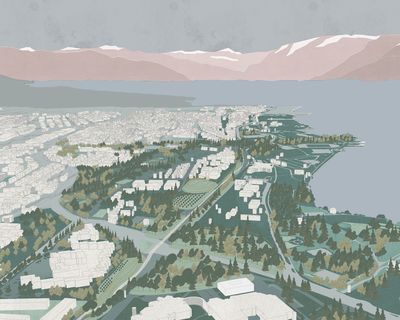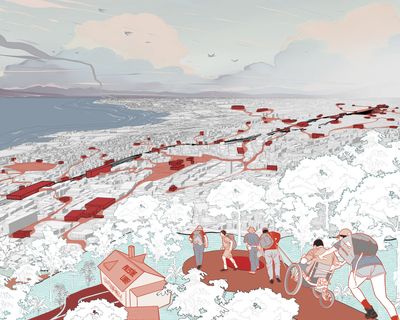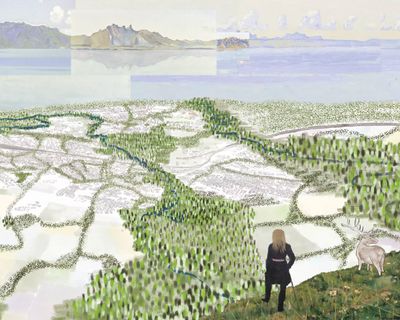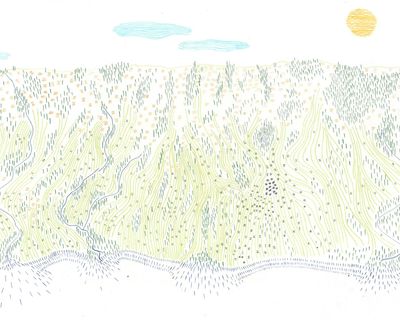Did You Say Park?
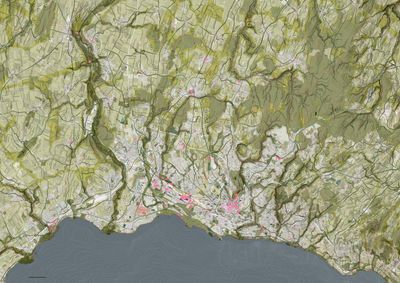
The core Design and Research Studio reflects on the “transition”, assuming its multiple dimensions (ecological, social and economic) and developing transcalar design operations in concrete perimeters. The territory of Lac Leman, Lausanne and their environs is the test-bed for radical design explorations of possible futures. In particular, the study focuses on former and future spaces considered instrumental to the development of the modern territory as the Canton of Vaud today experiences rapid demographic and economic growth exerting unprecedented pressure on its ecosystems.
In autumn 2022, the territory of Greater Lausanne serves as a test-bed for radical design explorations of possible futures. Starting from two structuring scales of the Lausanne Jardin and the PALM (Projet d’Agglomeration Lausanne Morges), the Studio examines the notionally “unbuilt” space in and around Lausanne to understand its multifunctionality and forecast its long-term ecosystemic functionality.
The question posed by a consideration of the upcoming Lausanne Jardins 2024 lakeshore perimeter “Did you say Park?” serves as the jumping off point, facilitating an examination of the modern conception of a park, as a social and ecological space, a space for production and recreation, formal and informal. From this beginning we expand our investigation to include the territorial area of the PALM (Projet d’agglomération Lausanne-Morges) project, and the consequences of dealing with the entire territory as a space for these same activities, as a park.
The multiple ecosystem services that specific territorial structures provide are considered here as levers for the ecological and socio-economic Transition project. Their representation contributes to the construction of new spatialized readings. Following a thematic approach – related to soil, water, air, plants, animals, human activities and interactions, mobility networks, etc. – different urban conditions are considered in order to understand, read and manage the thick complexity of the contemporary habitat whereby densities, distances, relations and practices shape heterogeneous spaces and ecologies.
The diverse and multiple weak-structures are first identified, studied and then consolidated. Each research project, in groups of 3 to 4 people, carries out its own thematic investigations, all with the purpose of creating a store of ecological knowledge, thereafter drawing from this and the transformation of spaces and the changes of use across the territory to develop projects for an ecological and socio-economic transition. All the projects aim in this way at defining new infrastructures and new territorial continuities.
